Effective strategies for teaching math have certainly changed over the years. We’ve gone from an era of sit-and-get instruction with endless rote procedural practice to one which focuses on exploring mathematics and discussing it’s ideas.
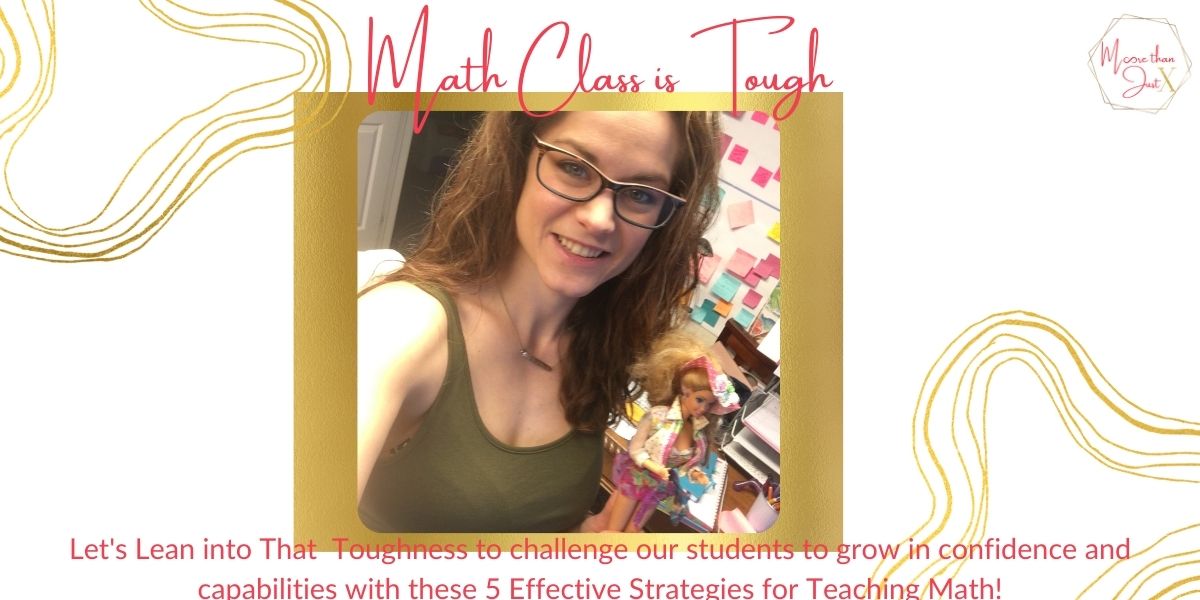
“Math Class is Tough” is the phrase that got Teen Talk Barbie © recalled in 1992. It’s also the phrase that inspired me to become a math teacher. Barbie may have gotten a bad reputation from her phrase, but I like to think (or at least hope!) that she wasn’t intended to say girls can’t do math. Rather she was encouraging us to think of math class as a challenging and engaging class. Not so sure? Let’s dive into the five effective strategies for teaching high school math in today’s classroom to see how mathematics courses can be challenging and engaging for today’s learners.
What are the effective teaching strategies?
I’m glad you asked…
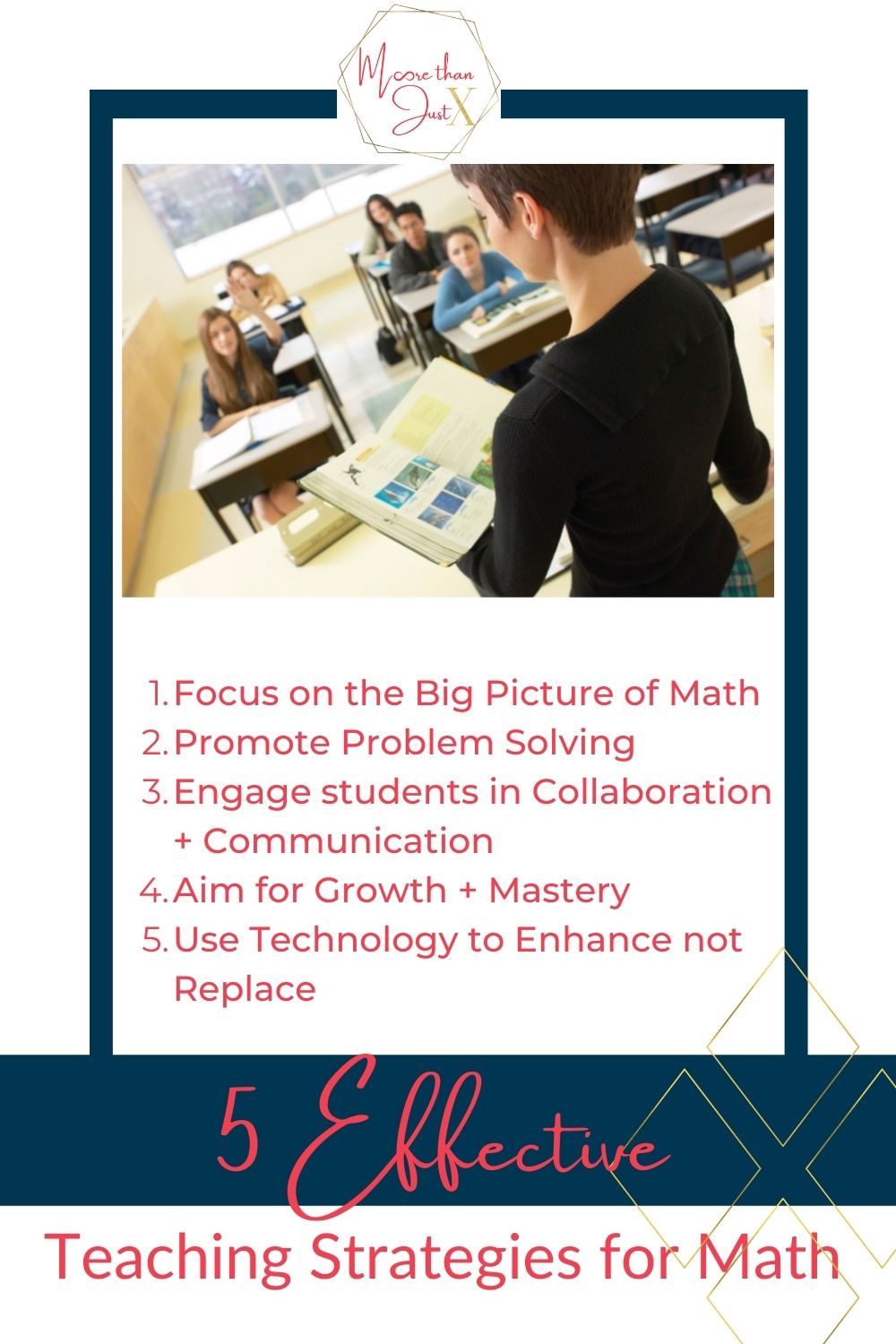
- Focus on the big picture with a well-rounded Math Experience
- Promote Problem Solving
- Engage Students in Collaboration + Communication
- Aim for Growth + Mastery
- Use Technology to Enhance not Replace
1. Big Picture Strategies for Teaching of Mathematics
We are well past the days of “sit-and-get” mathematics. Moving away from the industrial model of education, we can focus on mathematics strategies that engage students in learning mathematics in a well-rounded way to prepare them for the workplace of the future.
Quantitative Literacy Skills
Our goals as math teachers, no matter what age group we teach, are to build the quantitative literacy skills of our students. Focusing on numeracy and data literacy helps promote mathematical reasoning that are transferable across the board and out into the real world. Starting each day with a data talk, or a high yield routine like today’s number or mystery number are great ways to jumpstart the thinking in your math class.
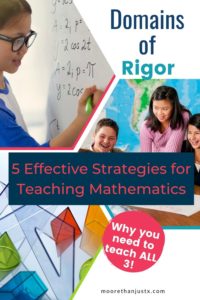
Conceptual Understanding
Students can build their fluency in mathematics once they have a deeper understanding of the concept behind it. Take time to intentionally building conceptual understanding through activities on desmos or subbing in a warm up of which one doesn’t belong helps students to think about the bigger picture. Working on conceptual understanding is one of the best effective strategies for teaching students with difficulties in mathematics.
Procedural Skill
Although we now have calculators on us at all times–hello cell phones!— students still need to develop procedural skills. However, with so many resources at our fingertips, we can now offer students more voice and choice in how they engage in the procedural practice. We can boost student autonomy by providing them options that do or do not utilize technology and practice sets that can be completed independently or collaboratively.
Pssst.. Hey Algebra teachers, are your students struggling with graphing procedures? Donna at OMG (ObviouslyMathsGreat) put together a great piece on helping your students master the procedure to graph quadratics. Just had to share 🙂
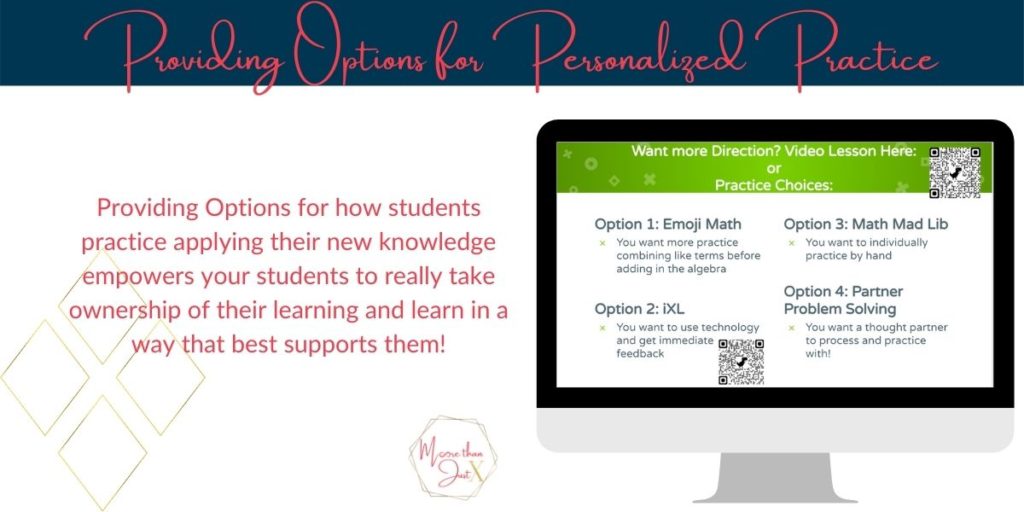
Applications and Modeling
Students are always asking “When am I ever going to need this?” By focusing on applications and the modeling process, you are providing students with an opportunity to understand when and how mathematics is used in the real world. This brings us to our next best practice: promoting problem solving.
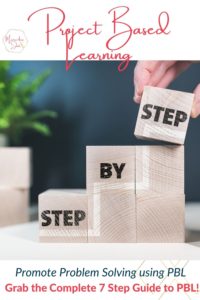
2. Promote Problem Solving
Regular problem solving helps develop mathematical reasoning. There are many great problem solving opportunities you can use in your classroom. This could include anything from problem of the week to low floor high ceiling tasks, problem-based learning or my favorite project-based learning. The key here is that students are involved in the learning process from a deeper level. They are actively working to solve a problem and to justify their results. Students use a variety of mathematical representations as they work, which gives you the opportunity to help students connect them. This is also a great opportunity for you to support the productive struggle in learning mathematics!
3. Engage Students in Collaboration + Communication
Learning is an active process. Therefore, students need to be actively involved and engaged with the content in order to develop deep understanding. One of the most effective ways to support active learning is to engage students in collaboration. We’ve all heard the phrase “Two heads are better than one”. By providing students with an opportunity to collaborate with one another, they are able to share their ideas, practice communicating effectively, critique the reasoning of others and so much more. Make sure to build in time to teach collaboration and discussion skills to your students to ensure their success. Building in collaborative activities the first few weeks and debriefing those activities is a great way to establish your class norms.
You’ll also want to practice leading math discussions with the whole group. NCTM’s 5 Practices for Orchestrating Productive Mathematical Discussion outlines simple but effective strategies in teaching math using problems and discussion. Using discussions helps you to pose purposeful questions to elicit and use evidence of student thinking!
If student engagement in general is a struggle of yours, you aren’t alone. My friend Robin has provided her top 3 student engagement strategies for the math classroom! And the best part? You could literally start using them TODAY!
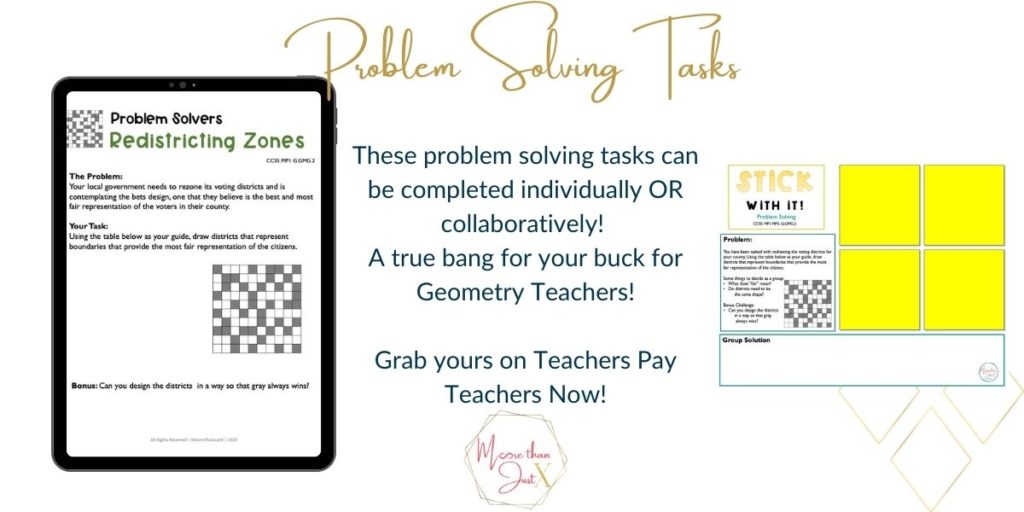
4. Aim for Growth + Mastery
As Barbie © said, “Math class is tough”. Each of our students has their own unique challenges and strengths when it comes to learning, understanding and applying mathematics. That’s why it is so important to focus on the growth of the individual as they work to master the math content. Building students’ growth mindset and intentionally incorporating that into your routine will help students feel comfortable with working to overcome their challenges as they work toward their goals. Mastery of the content is the true goal, and having a growth mindset is what keeps the students focused on achieving that goal.
Establishing clear goals (both as students and as teachers), and demonstrating progress toward meeting that goal helps build student agency and boosts their confidence (and capabilities!) in the math classroom. In a growth + mastery oriented mathematics classroom, teachers work to provide ample opportunities for students to select materials that are going to best support their own learning pathway as they work to reach the collective goal of the class. Teachers can use formative, summative and self-assessments along the way to support the goals and to monitor progress and growth.
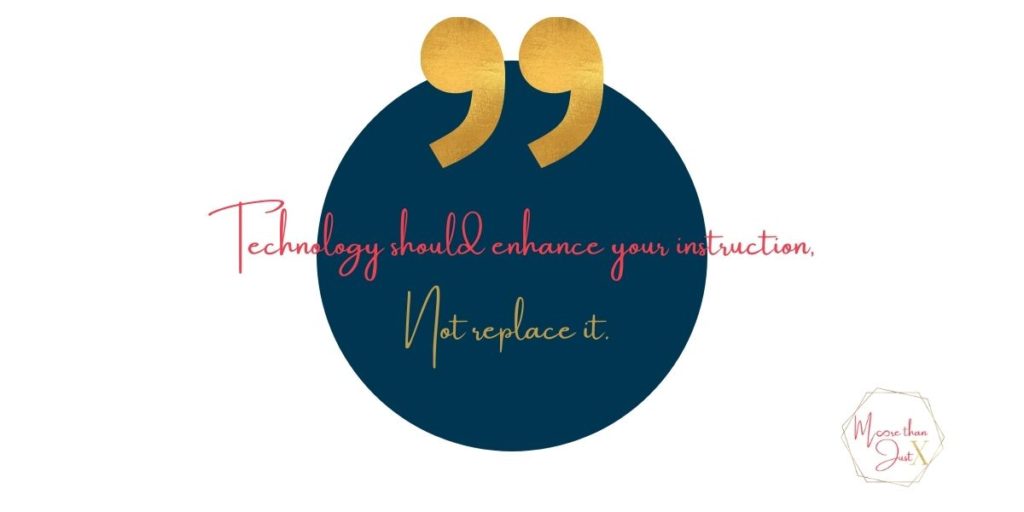
5. Use Technology to Enhance not Replace Effective Strategies for Math
Teachers often ask about effective pedagogical strategies for teaching mathematics, but rarely do they ask about the role technology can play. Technology is an amazing tool that we can use to enhance our teaching practice, not replace it. Instructional videos make my lessons more accessible to my students. And they free me up to better support individuals. Utilizing the TPACK framework, teachers can reshape their view on effective strategies for teaching mathematics to include technological, pedagogical, and content knowledge mastery as they design their lessons. The TPACK framework enables teachers to view and use technology as a tool not a gimmick.
Determining Your Effective Strategies in Teaching Math
And there you have it, five effective teaching strategies for teaching math to today’s students. These strategies support students in building confidence and capabilities in the mathematics classroom. What are some effective teaching strategies you are going to try? You can grab the 5 Effective Teaching Strategies for Teaching Math guide here to help you brainstorm how to transform your class next!
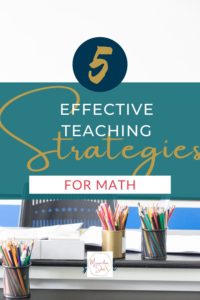
Feeling inspired to blog?!
My girl Kayse Morris is a total blogging boss! If you are ready to get started with your own blog, make sure to check out her super helpful post “7 Helpful Tips on How to Blog Like a Boss“

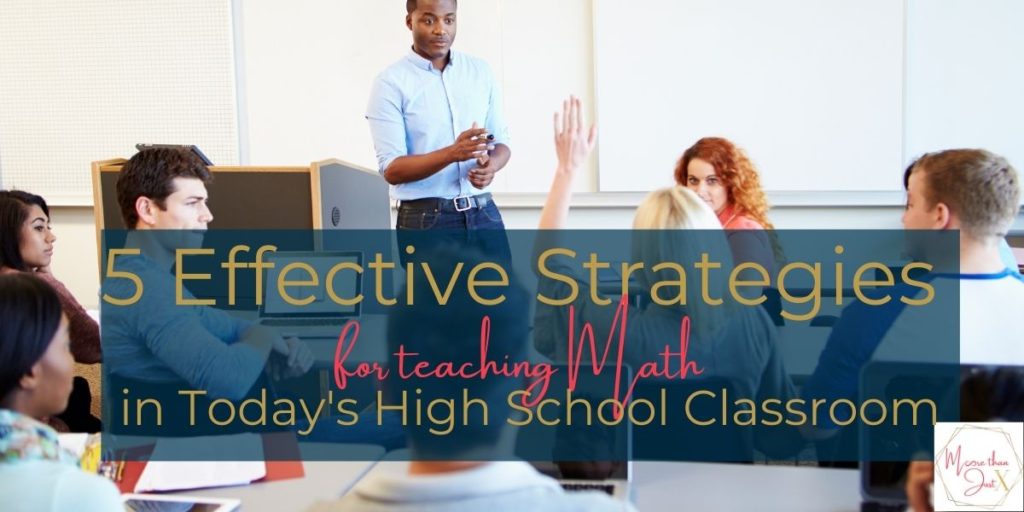

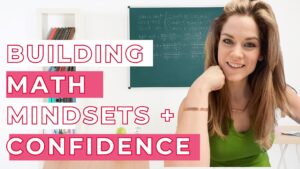



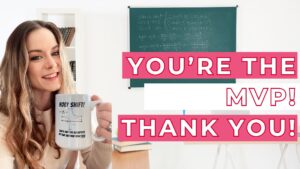

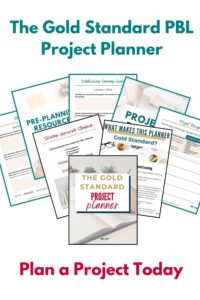
6 Responses
Thank you so much for sharing these tips. Mathematics is a fun subject to teach, especially if the students are engaged and involved in the learning process.
I absolutely agree! So glad you found this useful!
Thank you very much for sharing these thoughts it is very helpful.
So glad it was helpful. Let me know how I can help you grow in any of these practices!